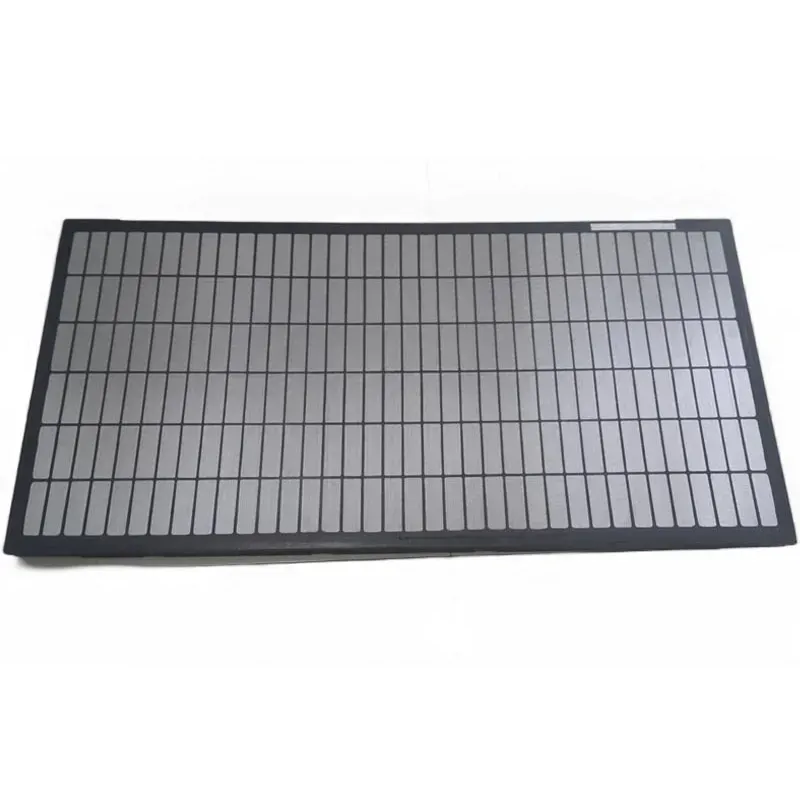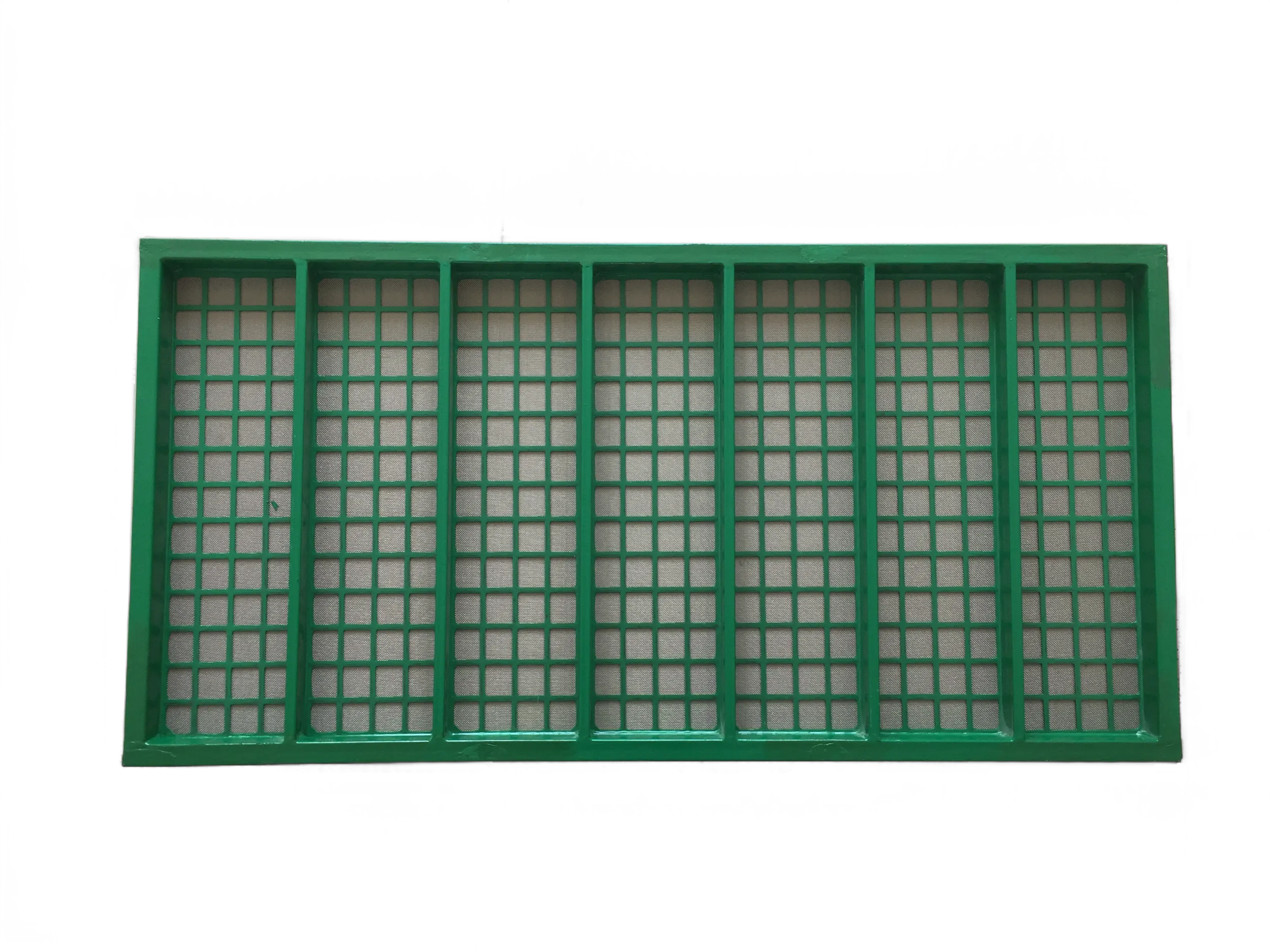- Industrial zone, South of Anping Town, Hengshui, Hebei, China.
- sales@hfpetromesh.com
- +86-18931809706
 Afrikaans
Afrikaans  Albanian
Albanian  Amharic
Amharic  Arabic
Arabic  Armenian
Armenian  Azerbaijani
Azerbaijani  Basque
Basque  Belarusian
Belarusian  Bengali
Bengali  Bosnian
Bosnian  Bulgarian
Bulgarian  Catalan
Catalan  Cebuano
Cebuano  Corsican
Corsican  Croatian
Croatian  Czech
Czech  Danish
Danish  Dutch
Dutch  English
English  Esperanto
Esperanto  Estonian
Estonian  Finnish
Finnish  French
French  Frisian
Frisian  Galician
Galician  Georgian
Georgian  German
German  Greek
Greek  Gujarati
Gujarati  Haitian Creole
Haitian Creole  hausa
hausa  hawaiian
hawaiian  Hebrew
Hebrew  Hindi
Hindi  Miao
Miao  Hungarian
Hungarian  Icelandic
Icelandic  igbo
igbo  Indonesian
Indonesian  irish
irish  Italian
Italian  Japanese
Japanese  Javanese
Javanese  Kannada
Kannada  kazakh
kazakh  Khmer
Khmer  Rwandese
Rwandese  Korean
Korean  Kurdish
Kurdish  Kyrgyz
Kyrgyz  Lao
Lao  Latin
Latin  Latvian
Latvian  Lithuanian
Lithuanian  Luxembourgish
Luxembourgish  Macedonian
Macedonian  Malgashi
Malgashi  Malay
Malay  Malayalam
Malayalam  Maltese
Maltese  Maori
Maori  Marathi
Marathi  Mongolian
Mongolian  Myanmar
Myanmar  Nepali
Nepali  Norwegian
Norwegian  Norwegian
Norwegian  Occitan
Occitan  Pashto
Pashto  Persian
Persian  Polish
Polish  Portuguese
Portuguese  Punjabi
Punjabi  Romanian
Romanian  Russian
Russian  Samoan
Samoan  Scottish Gaelic
Scottish Gaelic  Serbian
Serbian  Sesotho
Sesotho  Shona
Shona  Sindhi
Sindhi  Sinhala
Sinhala  Slovak
Slovak  Slovenian
Slovenian  Somali
Somali  Spanish
Spanish  Sundanese
Sundanese  Swahili
Swahili  Swedish
Swedish  Tagalog
Tagalog  Tajik
Tajik  Tamil
Tamil  Tatar
Tatar  Telugu
Telugu  Thai
Thai  Turkish
Turkish  Turkmen
Turkmen  Ukrainian
Ukrainian  Urdu
Urdu  Uighur
Uighur  Uzbek
Uzbek  Vietnamese
Vietnamese  Welsh
Welsh  Bantu
Bantu  Yiddish
Yiddish  Yoruba
Yoruba  Zulu
Zulu
- Afrikaans
- Albanian
- Amharic
- Arabic
- Armenian
- Azerbaijani
- Basque
- Belarusian
- Bengali
- Bosnian
- Bulgarian
- Catalan
- Cebuano
- Corsican
- Croatian
- Czech
- Danish
- Dutch
- English
- Esperanto
- Estonian
- Finnish
- French
- Frisian
- Galician
- Georgian
- German
- Greek
- Gujarati
- Haitian Creole
- hausa
- hawaiian
- Hebrew
- Hindi
- Miao
- Hungarian
- Icelandic
- igbo
- Indonesian
- irish
- Italian
- Japanese
- Javanese
- Kannada
- kazakh
- Khmer
- Rwandese
- Korean
- Kurdish
- Kyrgyz
- Lao
- Latin
- Latvian
- Lithuanian
- Luxembourgish
- Macedonian
- Malgashi
- Malay
- Malayalam
- Maltese
- Maori
- Marathi
- Mongolian
- Myanmar
- Nepali
- Norwegian
- Norwegian
- Occitan
- Pashto
- Persian
- Polish
- Portuguese
- Punjabi
- Romanian
- Russian
- Samoan
- Scottish Gaelic
- Serbian
- Sesotho
- Shona
- Sindhi
- Sinhala
- Slovak
- Slovenian
- Somali
- Spanish
- Sundanese
- Swahili
- Swedish
- Tagalog
- Tajik
- Tamil
- Tatar
- Telugu
- Thai
- Turkish
- Turkmen
- Ukrainian
- Urdu
- Uighur
- Uzbek
- Vietnamese
- Welsh
- Bantu
- Yiddish
- Yoruba
- Zulu
Јан . 23, 2025 02:30
Back to list
steel walkway grating
When it comes to construction and industrial applications, steel grating is often the material of choice thanks to its durability, strength, and versatility. Its applications are numerous, ranging from platforms and walkways to stair treads and trench covers. However, one critical aspect that often concerns engineers and builders is the weight of steel grating per square foot. Understanding this factor is essential for both safety and structural integrity, as well as for optimizing cost and material handling efficiency.
The weight per square foot has implications beyond the immediate concerns of handling and installation. It affects the overall weight load borne by the structural framework supporting the grating. Overloading can lead to deflection or even mounting failure, especially in dynamic load situations such as industrial flooring used by heavy machinery or foot traffic. For those managing construction and industrial operations, strategic planning around the weight of steel grating optimizes not only structural effort but cost efficiency. Transport and labor costs are tied directly to material weight. In addition, lighter gratings may reduce the need for additional structural support components, thereby simplifying design and decreasing overall expenses. Equally important is the factor of safety and compliance with regulatory standards. Building codes and safety regulations often stipulate specific weight capacities for grating, taking into account its role in supporting people or objects. Meeting these specific requirements isn't just a matter of adherence to legal mandates but of ensuring the safety and well-being of users and maintenance personnel. Professional expertise and the availability of comprehensive data are critical in making informed choices regarding weight specifications. Given these variables and implications, expertise in material science, civil engineering, and architectural design becomes key in selecting the suitable grating weight for any specific application. Therefore, understanding the weight per square foot of steel grating is not merely a technical consideration but a comprehensive requirement impacting cost, safety, and design efficiency. As trends continue to shift towards sustainable and efficient construction practices, the role of accurate material specification becomes even more pronounced. For industry professionals and buyers, this translates into informed decision-making that fosters the successful completion of projects tailored to specific functional, economic, and regulatory needs.


The weight per square foot has implications beyond the immediate concerns of handling and installation. It affects the overall weight load borne by the structural framework supporting the grating. Overloading can lead to deflection or even mounting failure, especially in dynamic load situations such as industrial flooring used by heavy machinery or foot traffic. For those managing construction and industrial operations, strategic planning around the weight of steel grating optimizes not only structural effort but cost efficiency. Transport and labor costs are tied directly to material weight. In addition, lighter gratings may reduce the need for additional structural support components, thereby simplifying design and decreasing overall expenses. Equally important is the factor of safety and compliance with regulatory standards. Building codes and safety regulations often stipulate specific weight capacities for grating, taking into account its role in supporting people or objects. Meeting these specific requirements isn't just a matter of adherence to legal mandates but of ensuring the safety and well-being of users and maintenance personnel. Professional expertise and the availability of comprehensive data are critical in making informed choices regarding weight specifications. Given these variables and implications, expertise in material science, civil engineering, and architectural design becomes key in selecting the suitable grating weight for any specific application. Therefore, understanding the weight per square foot of steel grating is not merely a technical consideration but a comprehensive requirement impacting cost, safety, and design efficiency. As trends continue to shift towards sustainable and efficient construction practices, the role of accurate material specification becomes even more pronounced. For industry professionals and buyers, this translates into informed decision-making that fosters the successful completion of projects tailored to specific functional, economic, and regulatory needs.
Share
Prev:
Latest news
-
Welded Steel Bar Grating: The Rugged Industrial Flooring Solution Built for Load and LongevityNewsJun.24,2025
-
Steel Walkway Grating: Reliable, Resilient, and Built for Every StepNewsJun.24,2025
-
Shale Shaker Screen for Sale: Optimize Drilling Efficiency with Precision Screening PowerNewsJun.24,2025
-
Shaker Screen for Sale: Elevate Your Drilling Efficiency with Durable Separation SolutionsNewsJun.24,2025
-
Press Locked Steel Grating: Industrial Strength with Precision Fit for Heavy-Duty ApplicationsNewsJun.24,2025
-
Perimeter Safety Netting: The Critical Safety Upgrade for Every HelipadNewsJun.24,2025